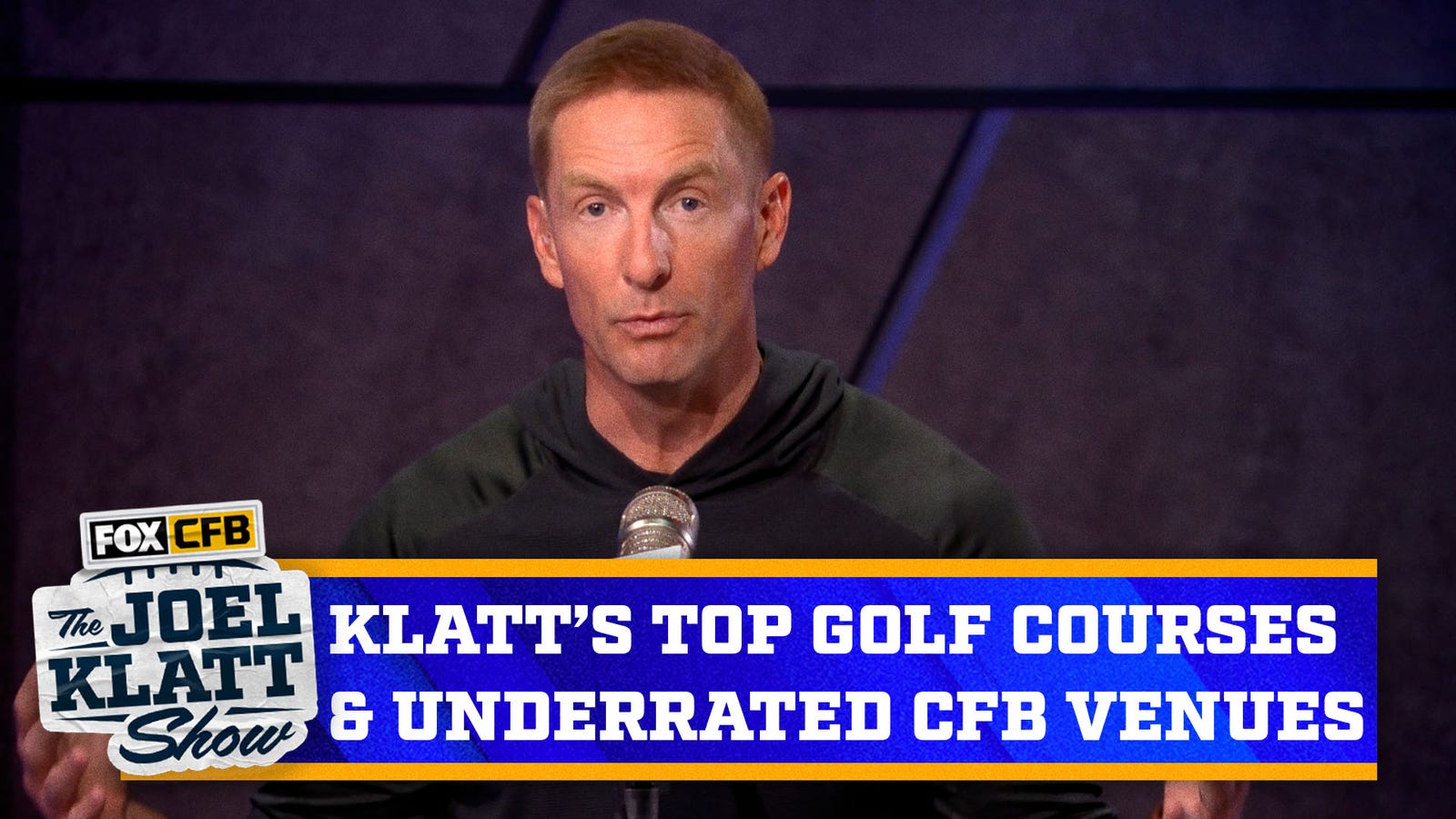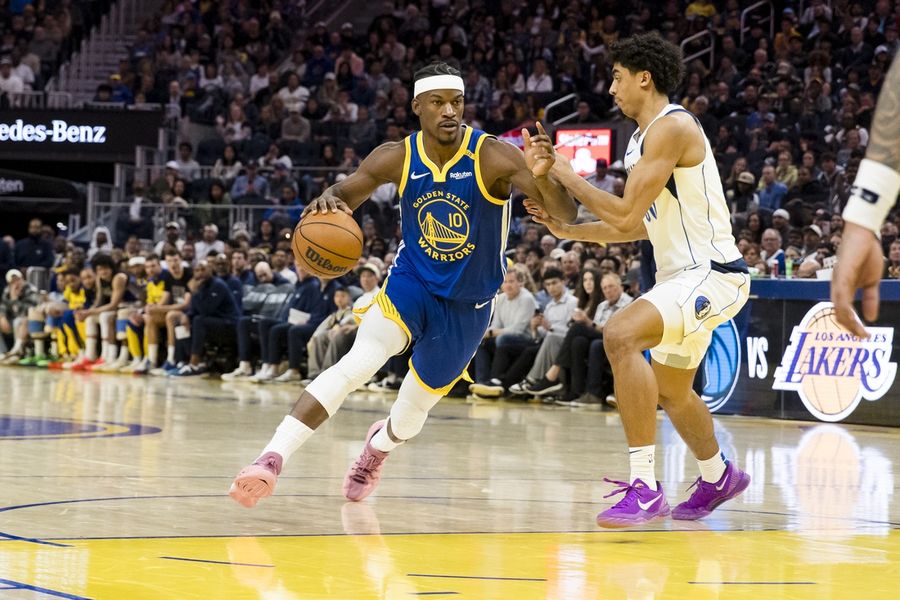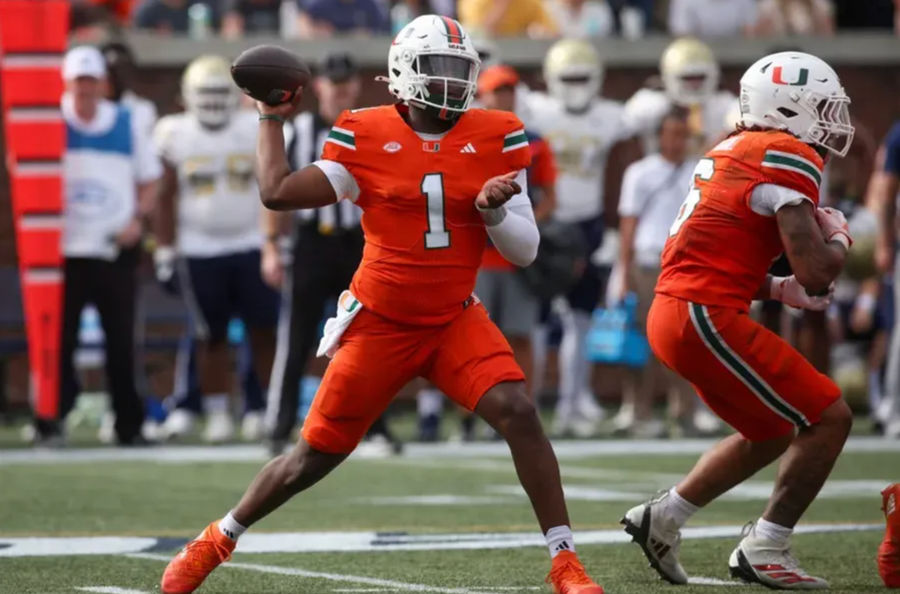We’re in a bit of a slow period for college football, so let’s empty the mailbag.
In the latest episode of my podcast, “The Joel Klatt Show,” I answered several listener questions from social media, tackling several football and non-football topics.
Let’s showcase a few of them here as we all wait for the return of football.
Joel, what are the top five most underrated venues or environments in college football? – @MrDunaway
I’ve done similar lists before, ranking my top venues, but venues are driven by environments, which are driven by matchups. So, in a lot of cases, it really depends on what game you’re going to see (or in my case, call). There have been some venues where I played or called games that are so iconic and that I knew were so incredible. The old Cotton Bowl for the Red River Game, for example, is one of those. I got to play at the old Orange Bowl Stadium when I was at Colorado. That was incredible.
Those stadiums had history, but I’m fascinated by the underrated part. I’ll just focus on the venues as the environments are matchup-based. A great underrated venue is Iowa‘s Kinnick Stadium. It’s a terrific venue to watch a game. Folsom Field at Colorado is underrated. It feels like the fans are right on top of you. The program has gotten things going there the last couple of seasons, and the student section is rocking again. Washington‘s Husky Stadium is a really beautiful venue. That stadium is also very loud. The setting and redo are great.
Oregon‘s Autzen Stadium also doesn’t get its due because everyone talks about night games at LSU, The Shoe (Ohio State), the Big House (Michigan), Bryant-Denny Stadium (Alabama) or Sanford Stadium (Georgia). Those places are great, but they’re certainly not underrated. Autzen gets really loud for a stadium that seats maybe 60,000 people.
If I had to pick the most underrated, though, I’d have to pick Kinnick Stadium. That’s a really cool venue.
Who do you think can have an SMU-type season (outside the top 25 in the preseason and get in the Playoff), and who is most likely to have an FSU-type season and let a lot of people down (maybe not to the extent FSU did this year though)? – @JoeyTheaker24
There are some excellent candidates to replicate what SMU and other sleeper teams did in 2024 in 2025. First, I want to point out that I think parity has really arrived in college football, so I think we’re going to get surprises every year, and that’s great. Just last year, we had SMU, Indiana and Arizona State. So, it wasn’t just SMU who had a surprise season. In fact, Arizona State was picked to finish last in the Big 12 before the season, and Indiana was picked to finish second-to-last in the Big Ten. Of course, SMU was a few points away from winning the ACC in its first year.
As for next year, there’s no doubt we’ll have teams like that. The dispersion of talent in college football is greater than what it has been recently. The other reason, though, is due to the severe imbalance of schedules within conferences due to the size of the leagues. You’ll get experienced teams who get the benefit of the right schedules, and you’ll have another Indiana or SMU-like team next season.
There are a few possible contenders who could have a surprise year next season. Illinois could be a sneaky team next year. It’s coming off a 10-win season, and it beat South Carolina in its bowl game. Quarterback Luke Altmyer is back with the entire offensive line. Bret Bielema-ball has been working in Champaign. There’s the experience, but here’s the kicker: Illinois has a favorable conference schedule. I think most people would say Ohio State, Penn State, Oregon and Michigan are the four schools that run the Big Ten. Well, Illinois doesn’t play three of them and hosts Ohio State. I think Illinois is next year’s Indiana or SMU.
I’ve got my eyes on Baylor in the Big 12. It’ll probably get more hype than Kenny Dillingham’s squad did at Arizona State this past season, but Baylor could have a really solid year. The Bears were 2-4 this past season before totally turning it around, winning their last six games of the regular season before losing to LSU in their bowl game. Head coach Dave Aranda, who has a great history of calling defensive plays, went back to being Baylor’s defensive playcaller last season, and I think that helped the Bears quite a bit. Quarterback Sawyer Robertson got things going in the second half of the season, throwing for over 3,000 passing yards and over 30 total touchdowns.
As for the FSU part of this question, I don’t think we’re ever going to see a season like that again. We’ve never seen it before. There might be a top-10 team that doesn’t play well, but those are really hard to predict because they’re ranked this high for a reason. If I thought one of those teams was going to fall off, I would preemptively put them down in the rankings. Remember, FSU was the first team ranked in the top 10 of the preseason AP poll to lose 10 games in a season.
I’ve had an argument with a friend who says NIL will be the end of college football because the same programs will win every year. I counter that there have always been 6-8 top programs any year that can win the [national championship], and NIL hasn’t changed that. Any thoughts? – @libermaniac11
I love this question, but you’re missing a part of it. Name, image and likeness (NIL) and the transfer portal are driving parity in the sport. I thought any number of teams could’ve won the national championship this past season. Obviously, Ohio State turned into a supernova, and it had a great roster to win the national championship.
But look at what we saw in the College Football Playoff. Arizona State took Texas to the brink. Notre Dame took down Georgia. We’ve had back-to-back non-SEC championship winners with Michigan and Ohio State taking home the crown. Oregon was the No. 1 seed in the tournament — a West Coast team. Penn State looks like it’ll be great. Notre Dame isn’t going anywhere. SMU made the CFP out of nowhere. Indiana got a roster to make the postseason.
The point being, I actually think we have more parity in the sport than we’ve ever had before for two main reasons. There’s no more sitting if you’re a star player, which means you can’t stockpile. If a player wants the most money possible through NIL, you have to play and start. You’re not going to get that sitting behind someone at a blue-chip program. Those programs can’t stockpile talent like they used to. Now, there’s more talent across the spectrum. The great programs have become a little bit worse, and the good programs have become a little bit better. We’re seeing the boats even out in the harbor, and I think there are 15 to 17 teams that can win the national championship next year.
We’re in the dawn of the golden age of college football because we can say that many teams have a chance at winning a national title. NIL has made college football better from a parity standpoint.
Joel Klatt is FOX Sports’ lead college football game analyst and the host of the podcast “The Joel Klatt Show.” Follow him at @joelklatt and subscribe to the “Joel Klatt Show” on YouTube.
Want great stories delivered right to your inbox? Create or log in to your FOX Sports account, follow leagues, teams and players to receive a personalized newsletter daily.

Get more from College Football Follow your favorites to get information about games, news and more




